Pathophysiology The Biologic Basis for Disease in Adults and Children,7th Edition by Kathryn L. – Test Bank
Chapter 5: Genes, Environment-Lifestyle, and Common Diseases
MULTIPLE CHOICE
1. The data reporting that sickle cell disease affects approximately 1 in 600 American blacks is an example of which concept?
|
a. |
Incidence |
c. |
Ratio |
|
b. |
Prevalence |
d. |
Risk |
ANS: B
Prevalence rate is the proportion of the population affected by a disease at a specific point in time. Thus both the incidence rate and the length of the survival period in affected individuals determine prevalence. The incidence rate is the number of new cases of a disease reported during a specific period (typically 1 year), divided by the number of individuals in the population. A numerical expression representing a part of a larger whole or proportion is considered a ratio. Any factor that increases the chance of disease or injury is considered a risk.
PTS: 1 REF: Page 165
2. The ratio of the disease among the exposed population to the disease rate in an unexposed population is referred to as what type of risk?
|
a. |
Attributable |
c. |
Causal |
|
b. |
Contingency |
d. |
Relative |
ANS: D
A common measure of the effect of a specific risk factor is the relative risk. Assuming a factor is the cause of a disease, attributable risk is the amount of risk that is due to that factor. A future event or circumstance that is possible but cannot be predicted with certainty is a contingency risk. The probability of the outcome is termed a causal risk factor.
PTS: 1 REF: Page 165
3. Empirical risks for most multifactorial diseases are based on:
|
a. |
Chromosomal testing |
c. |
Liability thresholds |
|
b. |
Direct observation |
d. |
Relative risks |
ANS: B
For most multifactorial diseases, empirical risks (i.e., risks based on direct observation of data) have been derived. The other options are not the basis for determining the empirical risk of most multifactorial diseases.
PTS: 1 REF: Page 167
4. What is the cause of familial hypercholesterolemia (FH)?
|
a. |
Diet high in saturated fats |
|
b. |
Increased production of cholesterol by the liver |
|
c. |
Reduction in the number of low-density lipoprotein (LDL) receptors on cell surfaces |
|
d. |
Abnormal function of lipoprotein receptors circulating in the blood |
ANS: C
A reduction in the number of functional LDL receptors on cell surfaces causes FH. Lacking the normal number of LDL receptors, cellular cholesterol uptake is reduced and circulating cholesterol levels increase (see Box 5-3). The other options are not the basis for developing familial FH.
PTS:1REF:Page 173 | Box 5-3
5. Which risk factor for hypertension is influenced by genetic factors and lifestyle?
|
a. |
Sodium intake |
c. |
Psychosocial stress |
|
b. |
Physical inactivity |
d. |
Obesity |
ANS: D
The most important environmental risk factors for hypertension are increased sodium intake, decreased physical activity, psychosocial stress, and obesity. However, obesity is, itself, influenced by genes and the environment.
PTS: 1 REF: Page 172
6. What percentage of all cases of breast cancer are identified as an autosomal dominant form?
|
a. |
5 |
c. |
15 |
|
b. |
10 |
d. |
20 |
ANS: A
An autosomal dominant form of breast cancer accounts for approximately 5% of breast cancer cases in the United States.
PTS:1REF:Page 172 | Page 174
7. When a woman has one first-degree relative with breast cancer, her risk of developing breast cancer is how many times greater?
|
a. |
2 |
c. |
6 |
|
b. |
3 |
d. |
10 |
ANS: A
If a woman has one affected first-degree relative, her risk of developing breast cancer doubles.
PTS: 1 REF: Page 172
8. Adoption studies have shown that the offspring of an alcoholic parent when raised by nonalcoholic parents have what amount of an increased risk of developing alcoholism?
|
a. |
Twofold |
c. |
Fourfold |
|
b. |
Threefold |
d. |
Tenfold |
ANS: C
Adoption studies have shown that the offspring of an alcoholic parent, even when raised by nonalcoholic parents, have a fourfold increased risk of developing the disorder.
PTS: 1 REF: Page 179
9. Studies have identified several genes that play a role in the prevention of obesity by affecting what?
|
a. |
Regulation of appetite |
c. |
Absorption of fat |
|
b. |
Metabolizing of fat |
d. |
Altering the sense of satiety |
ANS: A
Clinical trials using recombinant leptin have demonstrated moderate weight loss in a subset of obese individuals. In addition, leptin participates in important interactions with other components of appetite control, such as neuropeptide Y and α–melanocyte-stimulating hormone and its receptor, the melanocortin-4 receptor (MC4R). Currently, no research supports the other options as being genetically regulated.
PTS: 1 REF: Page 178
10. The BRCA1 and BRCA2 mutations increase the risk of which cancer in women?
|
a. |
Ovarian |
c. |
Uterine |
|
b. |
Lung |
d. |
Pancreatic |
ANS: A
BRCA1 mutations increase the risk of ovarian cancer among women (20% to 50% lifetime risk), and BRCA2 mutations also confer an increased risk of ovarian cancer (10% to 20% lifetime prevalence). BRCA1 and BRCA2 mutations are not currently believed to be linked with risks of lung, uterine, or pancreatic cancers.
PTS: 1 REF: Page 174

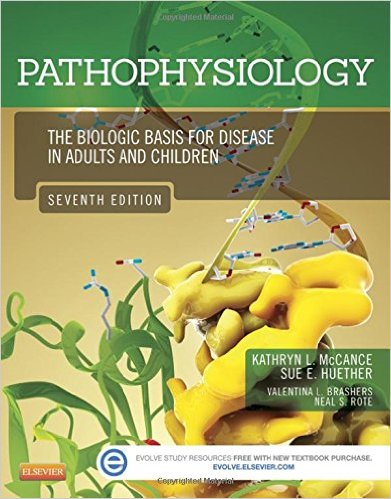
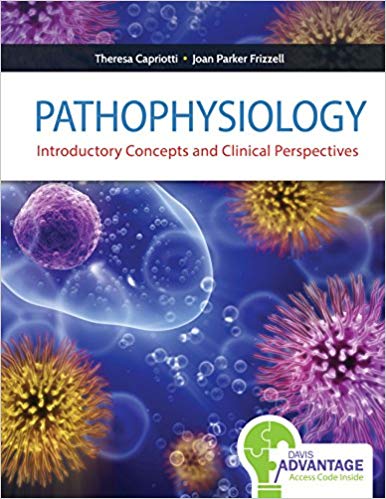






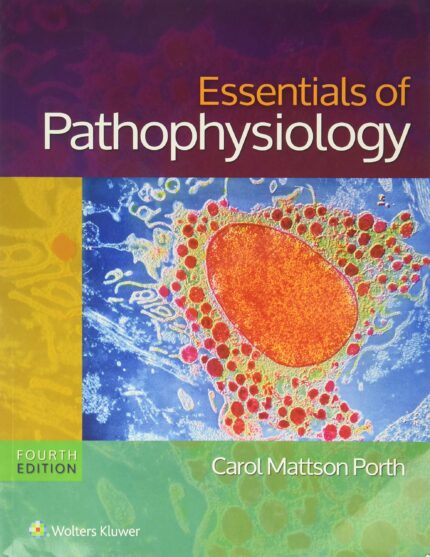
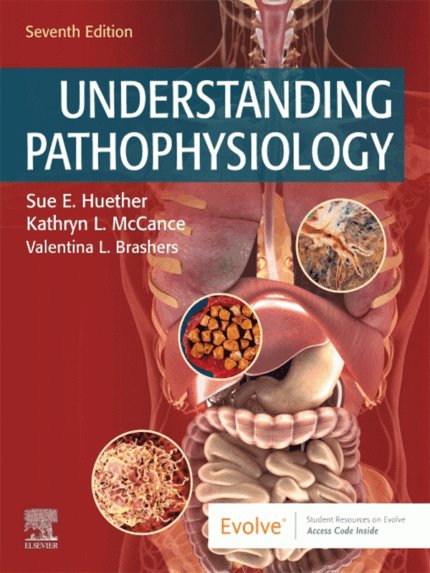

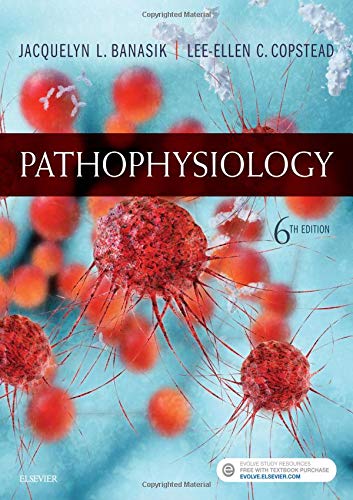
Reviews
There are no reviews yet.